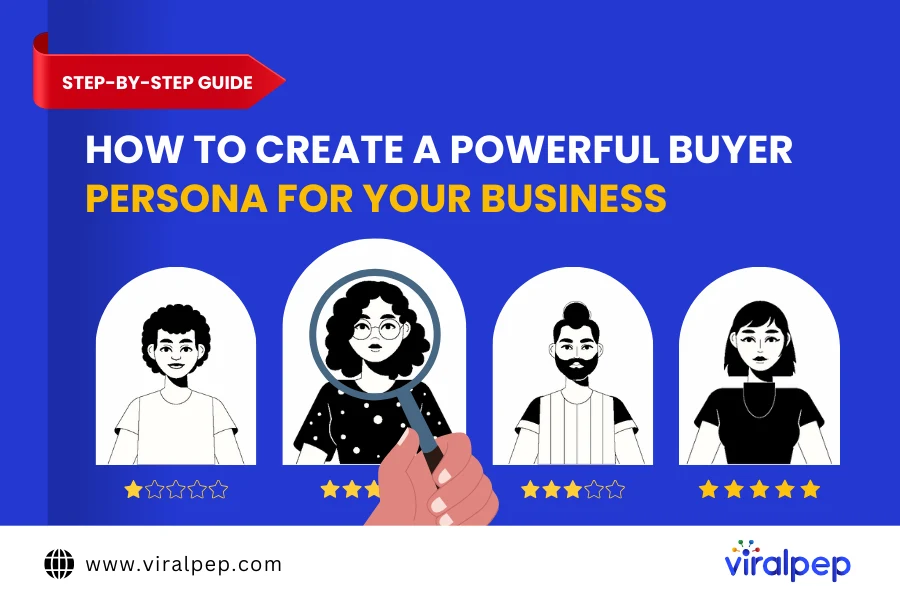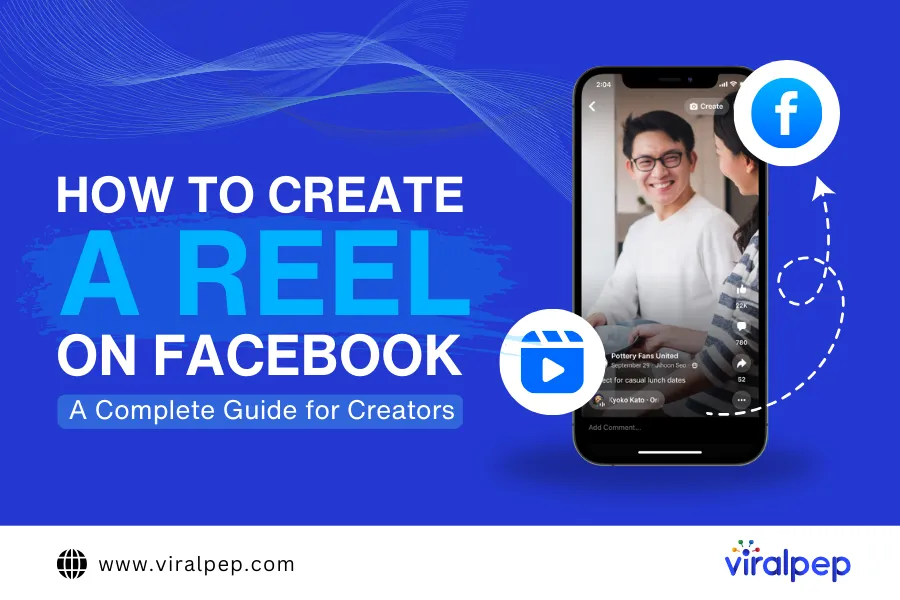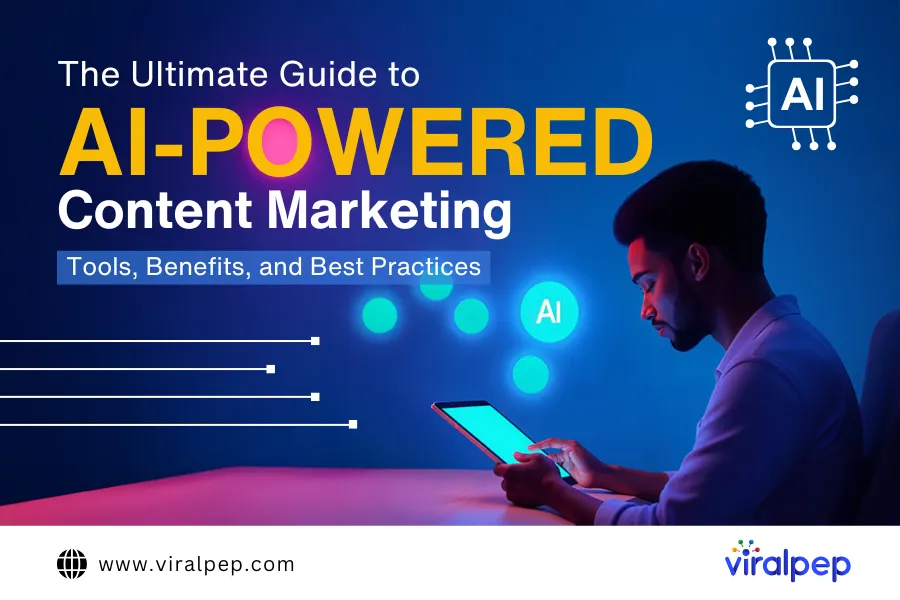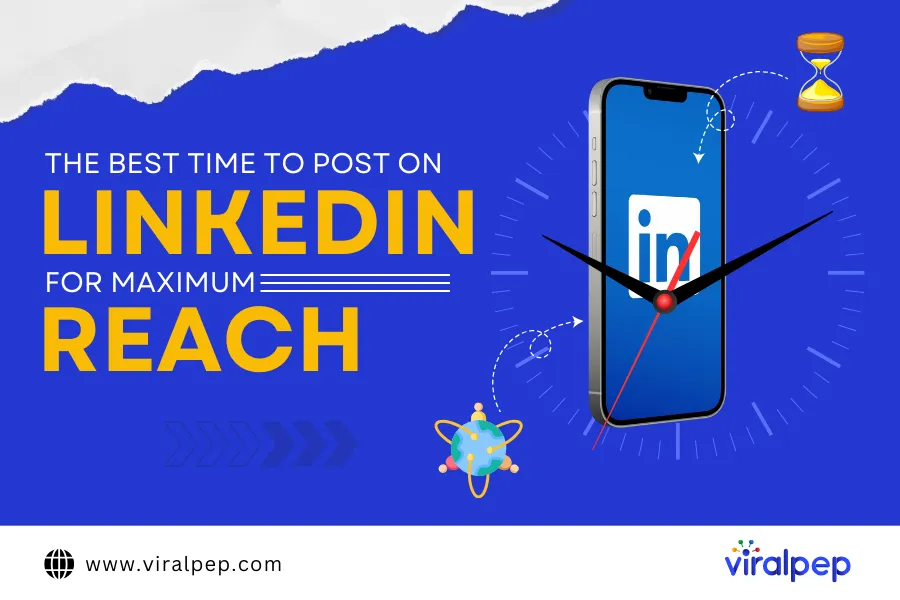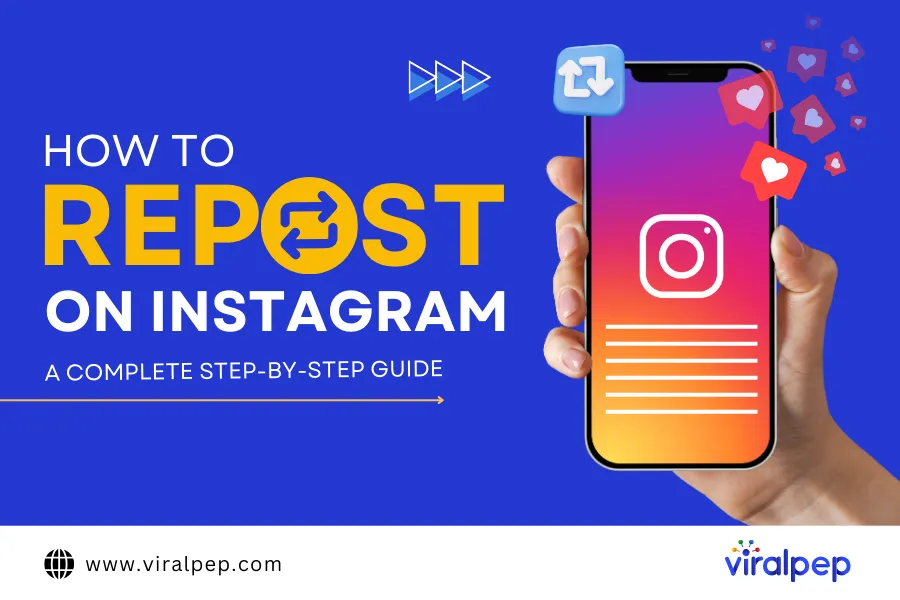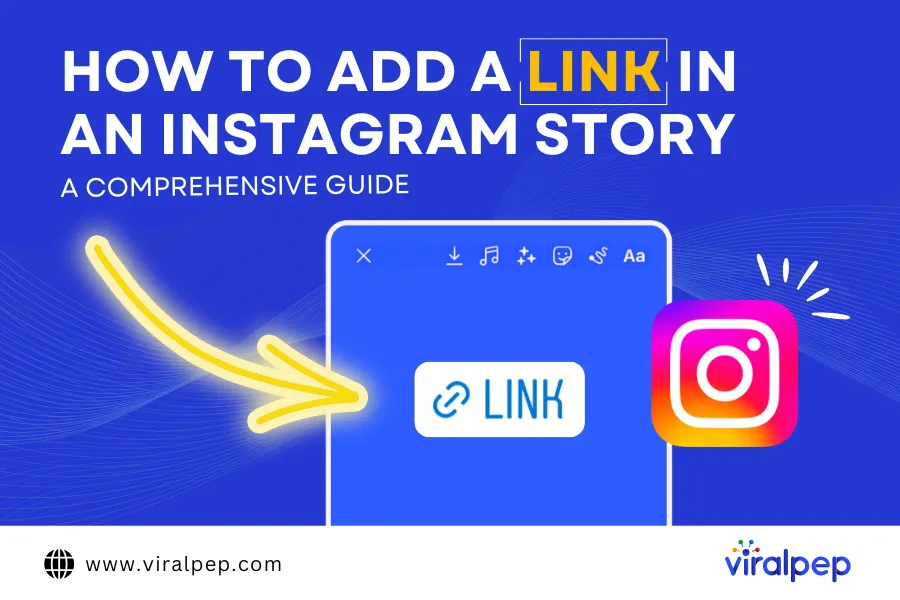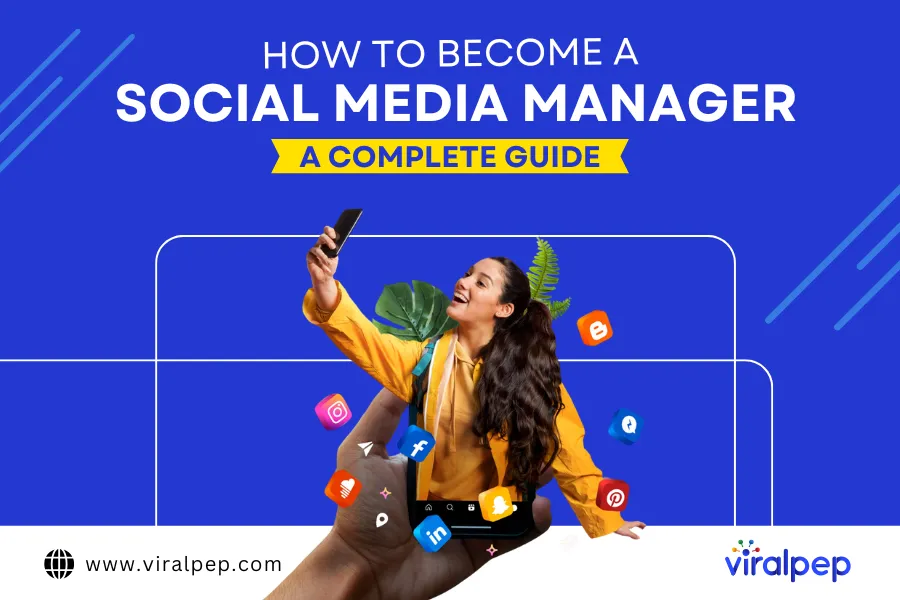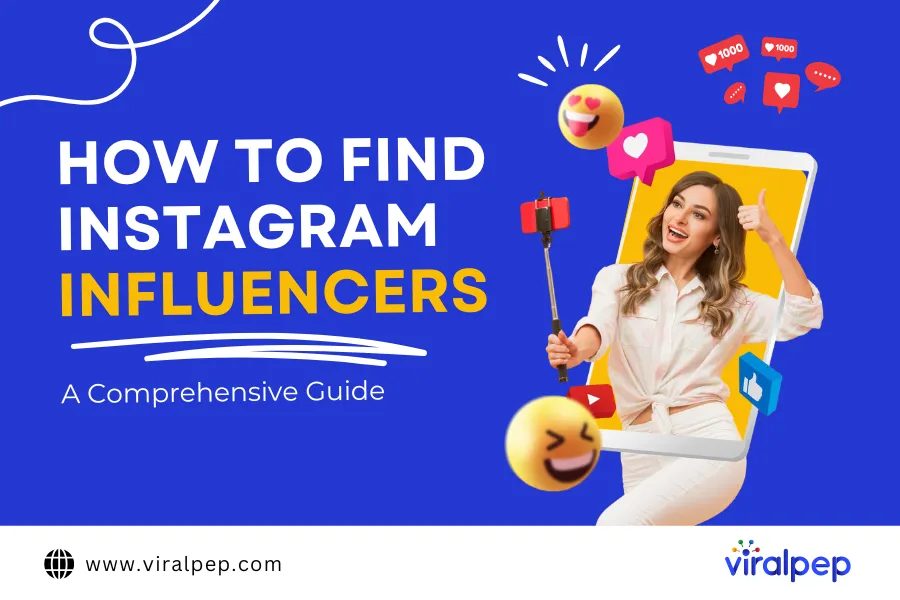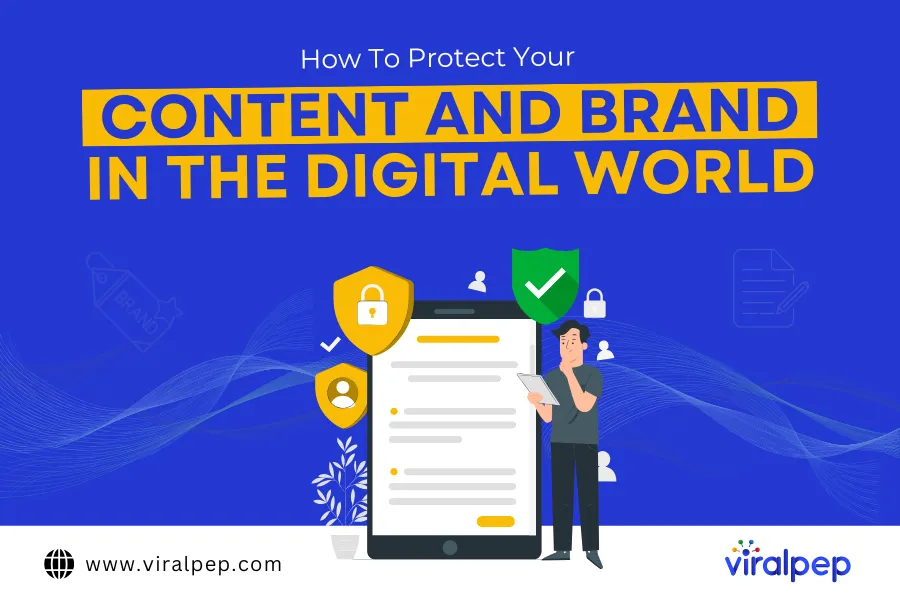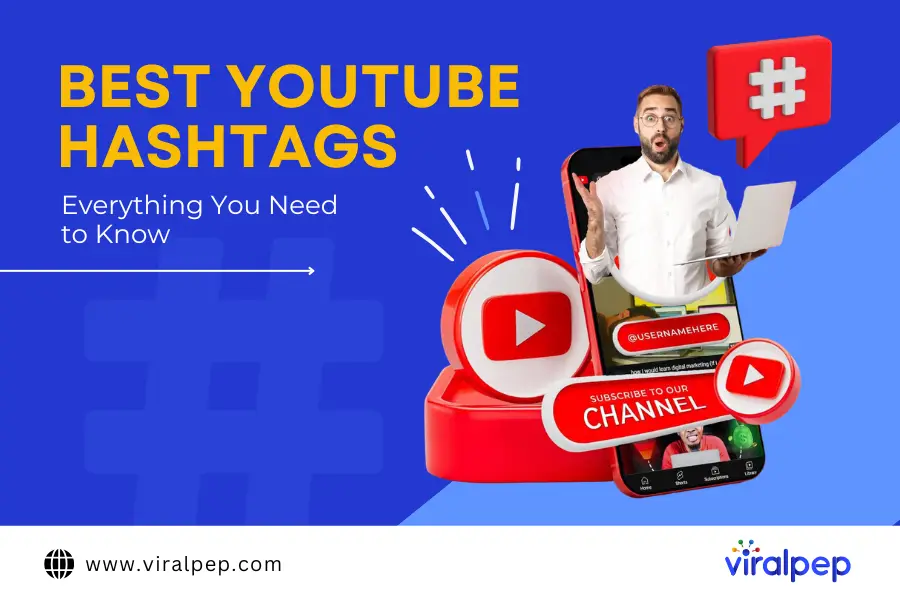In today’s fast-paced digital landscape, understanding your audience is more crucial than ever. As a social marketer (or any marketer, for that matter), it’s easy to get lost in the details of tracking your latest engagement rates and marketing campaigns. Buyer personas remind you to prioritize your audience’s wants and needs over your own and help you create content that better targets your ideal customer.
This guide will break down everything you need to know about how to create buyer personas, the benefits they bring to your business, and practical steps to develop them. Read on for a buyer persona definition, examples, and a free buyer persona template. Whether you’re a seasoned marketer or just starting out, let’s dive into the world of buyer personas and see how they can transform your marketing strategies!
What is a Buyer Persona?
Before we explore how to create buyer personas, it’s essential to understand what a buyer persona is. A buyer persona is a semi-fictional representation of your ideal customer, based on real data and some educated guesses about customer demographics, behaviors, motivations, and goals. It encapsulates who your customers are, what they want, and how they prefer to interact with brands.
-
Key Characteristics of Buyer Personas
- Demographics: This includes age, gender, location, education level, and income. These basic details help you understand who your audience is at a glance.
- Psychographics: These are deeper insights, including interests, values, lifestyle, and purchasing motivations. Psychographics help you understand why your audience makes certain decisions.
- Behavior Patterns: How do your ideal customers engage with your brand? What channels do they use for communication? Understanding this can guide your marketing strategy.
-
Example of Buyer Persona
Let’s consider an example of a buyer persona. Imagine you run a software company targeting small businesses. A potential buyer persona might look like this:
- Name: Small Business Sam
- Age: 35-50
- Location: Suburban areas in the U.S.
- Occupation: Owner of a small retail store
- Goals: Streamline operations, improve customer engagement
- Challenges: Limited budget, lack of tech expertise
- Preferred Communication Channels: Email, social media
Creating personas like “Small Business Sam” allows you to tailor your marketing messages more effectively, making it easier to connect with your audience.
Why Are Buyer Personas Important to Your Business?
Buyer personas are essential for several reasons, serving as a foundation for your marketing strategies.
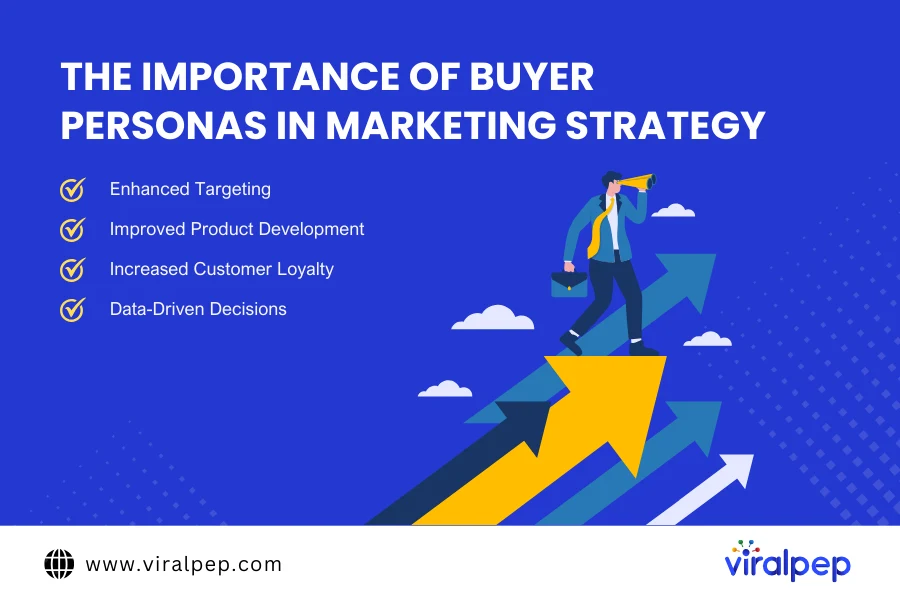
-
Enhanced Targeting
By understanding who your customers are, you can tailor your marketing efforts to speak directly to them. For instance, if you know your target audience prefers email over social media, you can focus your efforts there, increasing engagement and conversion rates.
-
Improved Product Development
How to create a marketing persona also provides insights into what your customers need and want. By aligning your product development with the preferences and pain points of your personas, you create products that resonate more strongly with your target audience. This could mean refining features, improving customer support, or even launching entirely new offerings.
-
Increased Customer Loyalty
When you understand your customers deeply, you can create a better experience for them. Personalization leads to increased customer satisfaction, which fosters loyalty. Happy customers are more likely to return, recommend your business, and leave positive reviews.
-
Data-Driven Decisions
According to the Market, 71% of companies that exceed their revenue and lead goals have documented buyer personas. How to create buyer personas allows businesses to make data-driven decisions rather than relying on guesswork.
Benefits of Buyer Personas
Creating buyer personas offers several key benefits that can positively impact your business.
-
Data-Driven Decisions
By relying on real data to develop your personas, you make informed decisions rather than guessing what your audience might want. This reduces risk and increases the likelihood of success in your marketing campaigns.
-
More Effective Marketing Strategies
With buyer personas, your marketing strategies become more focused. You can create targeted content, select appropriate channels, and personalize messaging. This leads to higher engagement and conversion rates.
-
Cost Efficiency
When you know your audience well, you can allocate your marketing budget more effectively. This means investing in channels and strategies that yield the best return on investment, rather than wasting resources on broad, unfocused campaigns.
-
Enhanced Team Alignment
Buyer personas help align your marketing, sales, and product development teams. When everyone understands who the target audience is, it fosters better collaboration and ensures everyone is working toward the same goals.
Better Customer Relationships
Creating personas allows you to empathize with your customers, leading to stronger relationships. When your audience feels understood, they are more likely to engage with your brand and share their experiences with others.
-
Clearer Content Strategy
Understanding buyer personas helps in crafting content that resonates with your audience. For example, if your persona is a tech-savvy millennial, you might focus on creating more video content and using platforms like TikTok or Instagram.
How Can Buyer Personas Be Used in Marketing?
Buyer personas play a pivotal role in shaping various aspects of your marketing strategy.
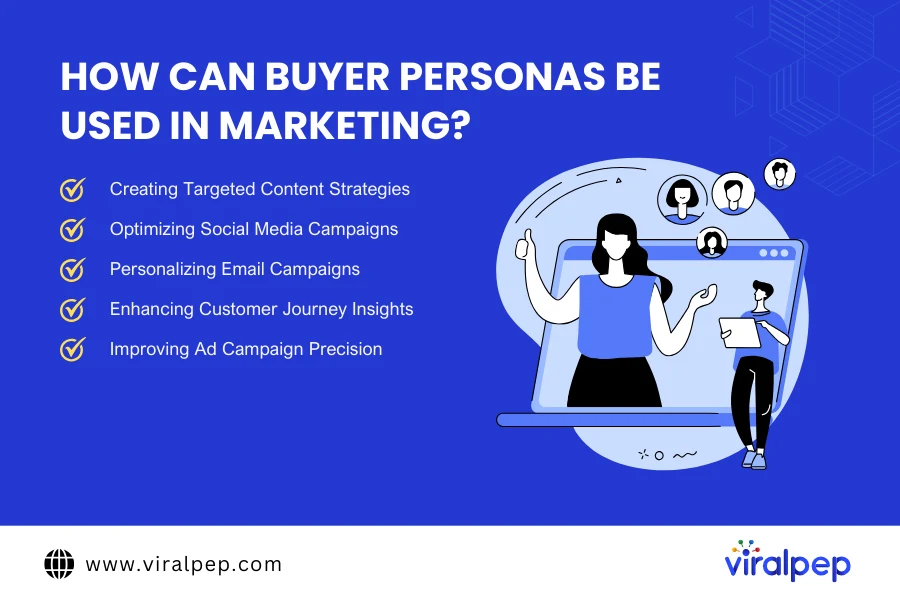
Content Creation
When you create social media content, knowing your buyer personas helps you determine what topics to cover, what tone to use, and which formats to employ. For instance, if your persona prefers video content, you might invest more in creating engaging videos rather than blog posts.
-
Social Media Strategy
Understanding where your personas hang out online allows you to select the right social media platforms. If your target audience is primarily on Instagram and TikTok, you can focus your efforts there rather than spreading yourself thin across multiple platforms.
-
Email Marketing
Buyer personas help you segment your email lists effectively. You can create tailored messages for different personas, increasing the relevance and impact of your campaigns. Personalized emails lead to higher open rates and conversions.
-
Customer Journey Mapping
By analyzing the buyer personas, you can map out the customer journey from awareness to purchase. This allows you to identify the touchpoints where your audience interacts with your brand, helping you optimize the experience at each stage.
-
Ad Targeting
With clear buyer personas, you can create targeted ads that speak directly to your audience’s needs and preferences. This improves your return on ad spend (ROAS) by ensuring that your ads resonate with those most likely to convert.
How to Create a Buyer Persona in 5 Steps
Now that you understand the importance of buyer personas, let’s explore how to create buyer personas effectively. Follow these five steps to develop effective personas that will guide your marketing efforts.
Step 1: Conduct Research
Begin by gathering data about your existing customers. Utilize surveys, interviews, and analytics tools to collect information. Look for patterns in demographics, behaviors, and preferences. This research will form the backbone of your personas.
- Surveys: Use online tools like Google Forms to create surveys that gather insights from your customers.
- Interviews: Conduct one-on-one interviews to dive deeper into customer motivations and pain points.
- Analytics: Utilize website and social media analytics to understand user behavior and preferences.
Step 2: Identify Common Traits
Once you’ve gathered your data, analyze it to identify common traits among your customers. Look for similarities in demographics, needs, goals, and challenges. This will help you group your audience into distinct personas.
- Create spreadsheets or charts to visualize the common traits you discover.
- Group customers with similar needs or behaviors together for easier persona creation.
Step 3: Create Persona Profiles
Using the insights from your research, create detailed persona profiles. Include the key characteristics we discussed earlier, such as demographics, psychographics, and behaviors.
- Give Each Persona a Name: This makes it easier to reference and humanizes the persona.
- Add a Picture: Including a photo helps your team visualize the persona, fostering empathy.
Step 4: Validate and Refine
Before finalizing your personas, validate them with actual customers. Share your personas with existing customers and ask for their feedback. This ensures your personas accurately represent your audience.
- Conduct additional interviews to refine your personas based on feedback.
- Continuously update your personas as you gather more data and insights.
Step 5: Integrate into Your Strategy
Finally, integrate your buyer personas into your marketing strategy. Use them to inform your content creation, advertising, social media, and customer service approaches.
- Share the personas with your entire team to ensure everyone is on the same page.
- Regularly review and update your personas as your business and audience evolve.
Conclusion
Creating buyer personas is a vital step in developing a successful marketing strategy. By understanding who your customers are, what they want, and how they behave, you can tailor your efforts to resonate with them more effectively. This not only improves engagement but also fosters long-term relationships, ultimately driving business growth.
How to create buyer personas is not just about building a list; it’s about creating a strategic asset that informs every aspect of your marketing approach. Start your journey of creating impactful buyer personas today and see how they can transform your marketing strategy!
For further insights into optimizing your marketing strategy through effective use of buyer personas or other digital marketing tactics, visit ViralPep.
Frequently Asked Questions
Is it better to post on Instagram at night or in the morning?
It’s usually better to post in the morning, around 7 a.m., when users are most active. This is often the best time to post on Instagram for higher engagement.
What’s the worst time to post on Instagram?
Late afternoons on Saturdays and Sundays are the worst times to post, as engagement is lower. Weekday mornings or evenings are the best time to post on Instagram today.
What is the best time to post on Instagram?
The best time to post on Instagram is generally around 7 a.m. on weekdays, based on engagement data. Track your own audience to confirm when is the best time to post on Instagram for you.
When is the best day to post on Instagram?
Monday and Friday are the best days to post on Instagram, with higher engagement. If you’re wondering what is the best time to post on Instagram, weekdays outperform weekends.
Does the time you post on Instagram matter?
Yes, the time you post matters. Posting at the best time to post on Instagram can boost visibility and engagement. Aim for peak activity times for better results.
When is the best time to post Reels and Stories on Instagram?
For Reels, the best time to post on Instagram is 7 a.m. to 8 a.m. on weekdays. For Stories, evening posts work best, as users are winding down before bed.
Should I post twice a day on Instagram?
Posting twice a day can work, but it’s crucial to know when is the best time to post on Instagram. Start with once a day during peak times and adjust based on engagement.
What are the Average Best Times to Post on Instagram?
The average best time to post on Instagram is 7 a.m. on weekdays. Specific times are:
- Monday to Thursday: 7 a.m.
- Friday: 4 p.m.
- Saturday: 7 a.m.
- Sunday: 7 p.m.


